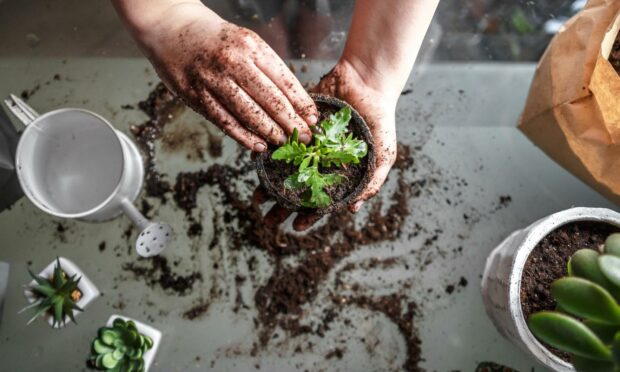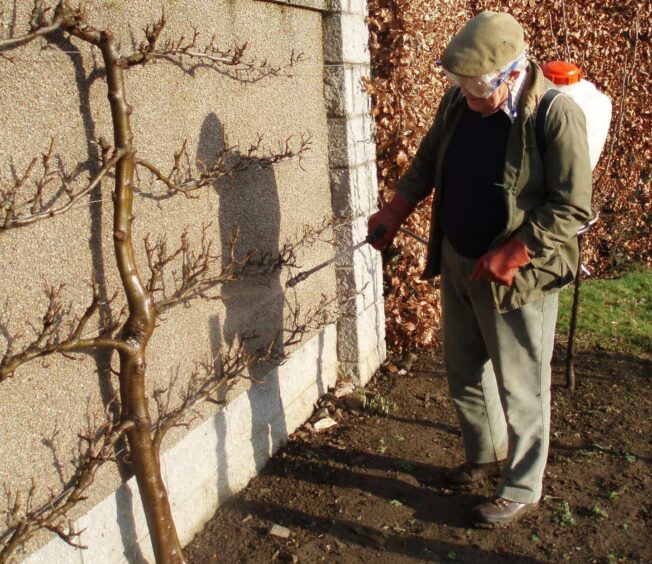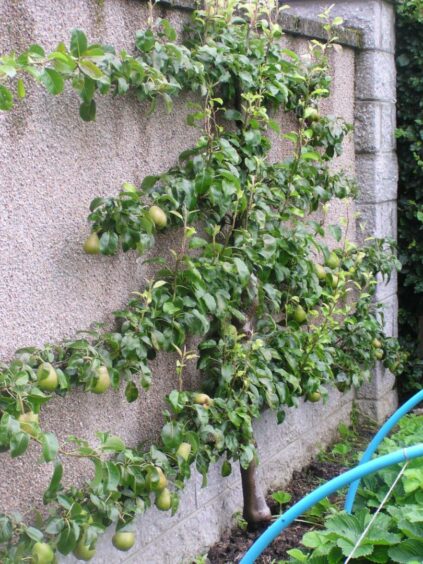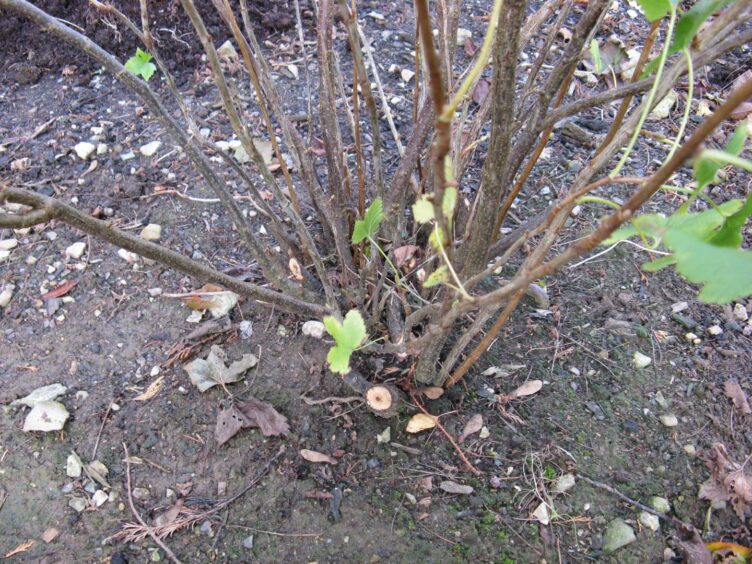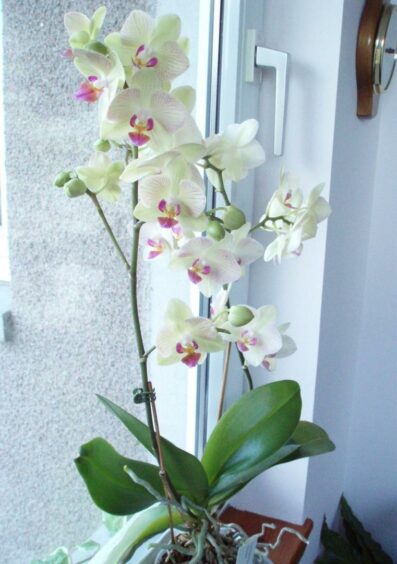As the days lengthen and (hopefully) they get a wee bit warmer, gardening activity has to intensify because suddenly, there is much to be done.
My priority is to prune fruit trees and bushes followed by spraying with what is referred to as a “winter wash” to rid the plants of any overwintering pests and diseases.
Rule number one when it comes to pruning trees and bushes is to cut out any diseased and damaged growth.
The cut should be made further back into the growth, to just above a strong side shoot.
Not any random side shoot but one which is growing upwards and outwards, maintaining the overall shape of the tree or bush.
Follow that by pruning out any shoots that are crooked and/or over-crowded, always back to a side shoot or a strong bud lower down.
Flower buds
The leading shoots are then pruned back to just above a bud, leaving about a third of last year’s growth and with side shoots cut back to create a spur no more that 5cm long on which flower buds will form.
Readers may well ask why be so particular about cutting back to “just above” another shoot or a strong bud.
That is because there is a concentration of healing cells in the areas associated with the bud or side shoot.
A cut anywhere along a stem may cause the remaining part of the shoot to die back and that may then affect the bud or side shoot.
Vigorous shoots
Gooseberry and redcurrant bushes can be pruned the same as the fruit trees but blackcurrants are treated differently.
The easiest way to describe their pruning is to simply remove one third of the oldest growth, from as near ground level as is practicable.
As a result, the younger, more vigorous shoots, given more space, will produce better-quality fruit.
Summer-fruiting rasps should have last year’s canes cut out to ground level, leaving the new growth to fruit this coming summer, whilst autumn-fruiting rasps have ALL the canes cut down at this time.
Pruning completed, it is time to apply the winter wash, so-called to indicate that it is not simply a light spray over.
Bare branches
You are spraying bare branches so you need to apply sufficient spray to ensure that it runs down all the branches, into crevices and joints – to reach overwintering pests and fungal spores.
I remember a case where the problem was Woolly Aphid on young apple trees – the name says it all, if you spray lightly, the woolly covering will protect the beasties, they need to be washed out. The case I have in mind was dealt with slightly differently, using a paint brush to apply methylated spirits.
That’s dedication for you.
Safe alternatives
At one time the most popular winter wash material was Tar Oil. Like some others – Mortegg and Bordeaux Mixture come to mind – they have all been withdrawn from the market, but fear not, there are several “safe” alternatives available based on fish oil.
If you do have this job to do – get your skates on because these materials are meant to be applied during the dormant season.
That might mean end of February in the south; I would suggest mid-March in these parts, any later and you might harm emergent buds.
What’s to be done with the prunings? In the best ordered circles they would be fed through a “chipper” to produce just what it says – woodchips.
This product can be used as path surfacing, a mulch round trees and shrubs OR composted with other materials to create your own potting mix.
Orchids
Now to a subject which I have to deal with carefully – orchids. My wife has a lovely collection of moth orchids (Phalaenopsis spp) which flower well in our east-facing porch.
Unfortunately, of late there has been a colourless sticky sap covering some of the leaves.
What’s the cause and more to the point what’s to be done about it?
Colourless sap
Firstly, I should say that sometimes the flowers themselves will exude a colourless sap which can accumulate on the broad leaves, but there are other reasons.
Green fly, mealy bug and sale insects can colonise orchids. Where did they come from? It only needs one plant to be infected when you acquire it.
Using a soft toothbrush or cotton cloth simply wipe the leaves clean using soapy water, paying particular attention to leaf joints and veins.
There are chemicals available which will do the job more efficiently because the fine aerosol spray can penetrate to hidden tissues very efficiently.
Houseplants
Don’t neglect the other houseplants. They, too might need a bit of a pick-me-up.
Knock them out of the pot, gently remove some of the existing compost from around the top of the rootball and down the sides then re-pot using fresh compost to top up.
